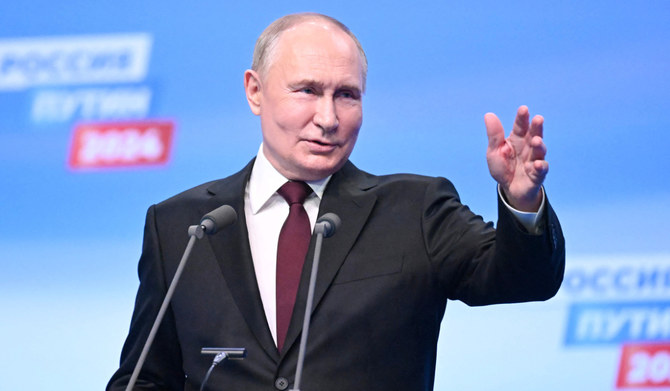
Russian military operations against Ukraine are moving beyond the initial period in which the aim was creating quick superiority. Many observers have been surprised at Russia’s failure to achieve early gains and the defeats it has suffered.
The heroism and resistance of Ukrainian forces have initially constrained Russia. Ukrainian command and control systems – the ability to communicate, move and fight – are still functioning. Ukraine’s air defence is still standing, thus denying Russia the superiority Moscow would have hoped to achieve quickly.
Russian units have also made tactical-operational mistakes. Troops have so far failed to quickly take over urban centres, although many are now contested. Russia’s strategy was probably premised on the false assumption that Ukraine would crumble quickly and surrender.
As a result, the preparation needed for a follow-up on-the-ground invasion has not happened. Instead, it seems Russian troops quickly disbanded into smaller units that did not execute orders properly. They are taking a lot of casualties and hardware losses.
There are signs that Russian troops have low motivation to fight. Field commanders were likely not given the exact extent of their mission, limiting battlefield readiness – there is, indeed, a difference between “liberating” Donbas and conducting the siege of Kyiv. Untrained and inexperienced conscripts were also reportedly forced to sign contracts under duress to fight in Ukraine.
International reaction against the war has been united and coherent. A fresh round of sanctions has caused the rouble to plummet. Several Russian banks have been cut off from the Swift payment system, and the Central Bank of Russia has been placed under sanctions. Military assistance from democratic nations is trickling in, with the European Union and even Germany stepping up to aid Ukraine with offensive weapons.
The Kremlin is also hampered by what is happening in Russia itself. The fabricated narrative of a “defensive operation” against “fascists and Nazis” in Ukraine terrorising Donbas civilians feels increasingly contested. Meanwhile, Ukraine is excelling at counter-psychological ops by sending Russians videos of their captured soldiers pleading to stop the war – a tactic that could nevertheless backfire.
In a few weeks, the impact of international sanctions might start having severe consequences for ordinary citizens. The “body bag count” might also start changing mentalities, especially among the families of deployed soldiers.
Nevertheless, there are still enablers fuelling the Kremlin’s endgame: the uncompromising surrender of Ukraine, its complete demilitarisation, and the international recognition of occupied Crimea as Russian. Seizing more parts of Ukrainian territory – beyond Donbas and Crimea – will be used as a bargaining chip. This explains why Moscow is bent on taking Kyiv, quickly accomplishing regime change and dictating new political conditions through puppet proxies. All the more since Moscow would use the fall of the government to turn the Ukrainian armed forces into “terrorists”, further justifying violence to suppress any insurrection.
So far we have witnessed Russian military “restraint”. Soldiers were ordered not to shoot civilians. Military operations have been focused on emptying stocks of precision-guided munitions, and not conducting carpet-bombing. However, the situation is changing: mass fires and shelling are happening increasingly in Kharkiv and Kyiv – and a column of heavy infantry units is now approaching the capital. Such strikes will drastically increase the number of civilian casualties.
This is the start of Russia reassessing its tactical-operational objectives and returning to brutal tactics seen previously in the likes of Chechnya and Syria: indiscriminate, concentrated fire through ground artillery and tactical aviation. Many ground units and artillery support are being mobilised from across the borders with Ukraine and Belarus. As Russian forces try to capture towns and cities, the conflict will transform from movement warfare to urban and siege warfare – a worst-case scenario for both sides, as the conflict will drag on.
The Kremlin is currently approaching the war through a “stop and go” logic. Namely a few days of intense fighting, followed by an initial offer for “diplomatic” talks – with no real intention of achieving anything. Failed discussions give yet another excuse for Moscow to go into unrestricted war; the chances of diplomacy look slim at this point.
Vladimir Putin has embarked on dangerous signalling – by giving an order to put nuclear forces on “special combat duty”. Russia’s nuclear doctrine states that Moscow would consider a nuclear strike in the case of an “existential conventional military threat” – except it is hard to assess what that genuinely means.
As the western response grows bolder, undeterred by Russian threats, irritation could lead to frustration. A hampered Kremlin could lead to a desperate Putin, especially as his options of off-ramps and face-saving close down, or if the pressure starts mounting in Russia itself. If blaming or reshuffling his military leaders or government does not work, this could lead to even more dangerous and irrational decisions being made by Putin.
As democratic nations explore coercive measures against Moscow, they will need to manage escalation with an increasingly isolated Kremlin. It’s a path that could lead to miscalculation and tactical errors when engaging a country with its back against the wall.
Mathieu Boulègue is a research fellow with the Russia and Eurasia programme at Chatham House, the Royal Institute of International Affairs, London












